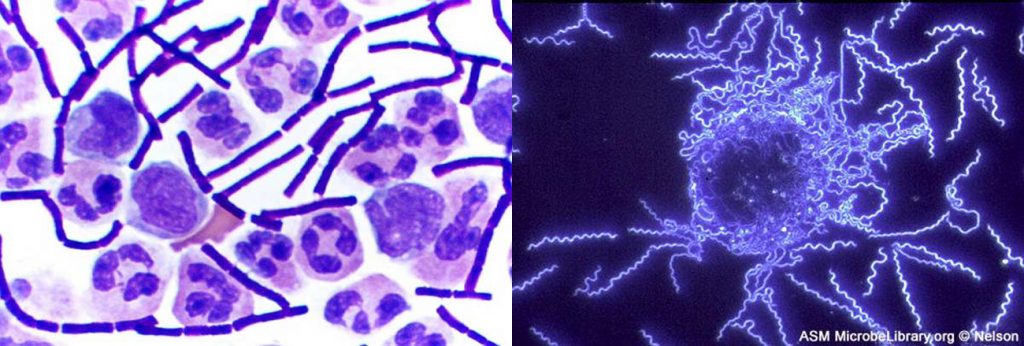2. How We See the Invisible World
2. Introduction

When we look at a rainbow, its colours span the full spectrum of light that the human eye can detect and differentiate. Each hue represents a different frequency of visible light, processed by our eyes and brains and rendered as red, orange, yellow, green, or one of the many other familiar colours that have always been a part of the human experience. But only recently have humans developed an understanding of the properties of light that allow us to see images in colour.
Over the past several centuries, we have learned to manipulate light to peer into previously invisible worlds—those too small or too far away to be seen by the naked eye. Through a microscope, we can examine microbial cells and colonies, using various techniques to manipulate colour, size, and contrast in ways that help us identify species and diagnose disease.
Media Attributions
- Web

